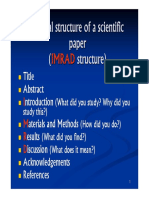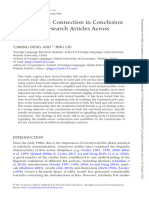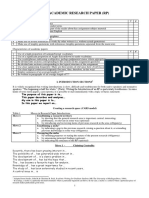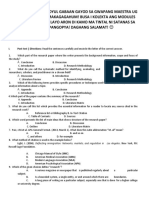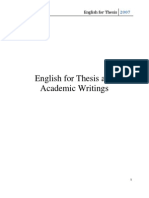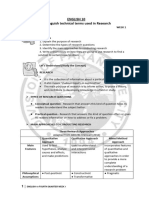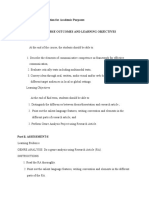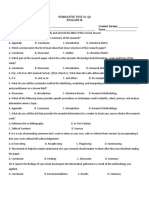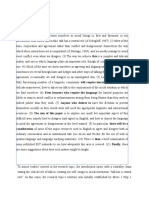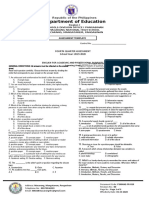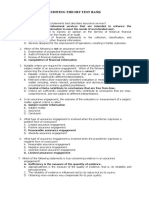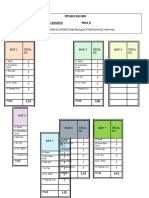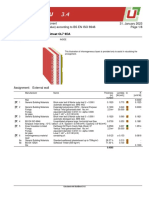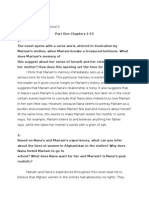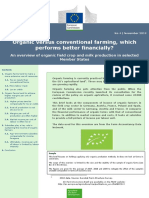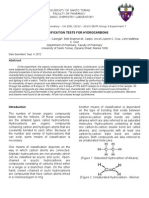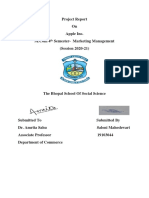0% found this document useful (0 votes)
56 views3 pagesPcom Genre Analysis 1
TEACHER'S MANUAL_FINANCIAL ACCTG 2..docx. Adrian Mallari. Cost Accounting - Guerrero. Rose Ann De Guzman. Sales Reviewer. Kyle Campos. Cost Accounting 2011
Uploaded by
MIGUEL JOSHUA VILLANUEVACopyright
© © All Rights Reserved
We take content rights seriously. If you suspect this is your content, claim it here.
Available Formats
Download as PDF, TXT or read online on Scribd
0% found this document useful (0 votes)
56 views3 pagesPcom Genre Analysis 1
TEACHER'S MANUAL_FINANCIAL ACCTG 2..docx. Adrian Mallari. Cost Accounting - Guerrero. Rose Ann De Guzman. Sales Reviewer. Kyle Campos. Cost Accounting 2011
Uploaded by
MIGUEL JOSHUA VILLANUEVACopyright
© © All Rights Reserved
We take content rights seriously. If you suspect this is your content, claim it here.
Available Formats
Download as PDF, TXT or read online on Scribd
/ 3

